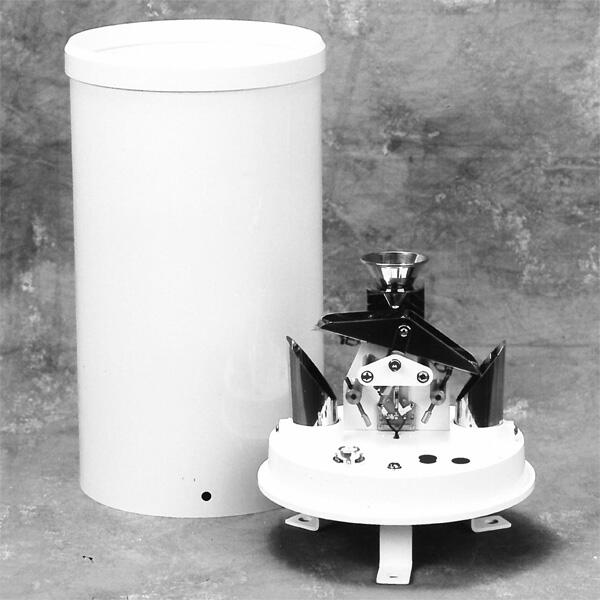
Rain Gauge Uses in Weather Monitoring and Water Resource Management

# Rain Gauge Uses in Weather Monitoring and Water Resource Management
Rain gauges are essential tools in meteorology and hydrology, providing critical data for weather monitoring and water resource management. These devices measure the amount of precipitation over a specific period, helping scientists, farmers, and policymakers make informed decisions. Below, we explore the various uses of rain gauges and their significance in different fields.
## Weather Monitoring
Rain gauges play a vital role in weather forecasting and climate studies. By collecting accurate precipitation data, meteorologists can:
– Predict weather patterns and severe storms.
– Monitor drought conditions and assess flood risks.
– Analyze long-term climate trends and changes.
This information is crucial for issuing timely warnings and preparing communities for extreme weather events.
## Agriculture and Irrigation
Farmers rely on rain gauges to optimize irrigation and crop management. By tracking rainfall, they can:
– Determine the need for supplemental watering.
– Prevent over-irrigation, which can lead to soil erosion and nutrient loss.
– Plan planting and harvesting schedules based on seasonal rainfall patterns.
This data helps improve crop yields and conserve water resources.
## Urban Planning and Infrastructure
Rain gauges are also used in urban planning to design efficient drainage systems and prevent flooding. Engineers and city planners use precipitation data to:
– Size stormwater management systems appropriately.
– Assess the impact of urbanization on local water cycles.
– Develop strategies to mitigate flood risks in vulnerable areas.
These applications ensure that cities are better equipped to handle heavy rainfall and protect residents from water-related disasters.
## Environmental Conservation
In environmental studies, rain gauges help monitor ecosystems and manage natural resources. Conservationists use precipitation data to:
– Track changes in water availability for wildlife habitats.
– Assess the health of wetlands, rivers, and lakes.
– Support reforestation and watershed restoration projects.
This information is vital for preserving biodiversity and maintaining ecological balance.
## Conclusion
Rain gauges are indispensable tools for understanding and managing precipitation. From weather forecasting to agriculture, urban planning, and environmental conservation, their applications are vast and impactful. By providing accurate and reliable data, rain gauges empower us to make better decisions for a sustainable future.
Keyword: rain gauge uses